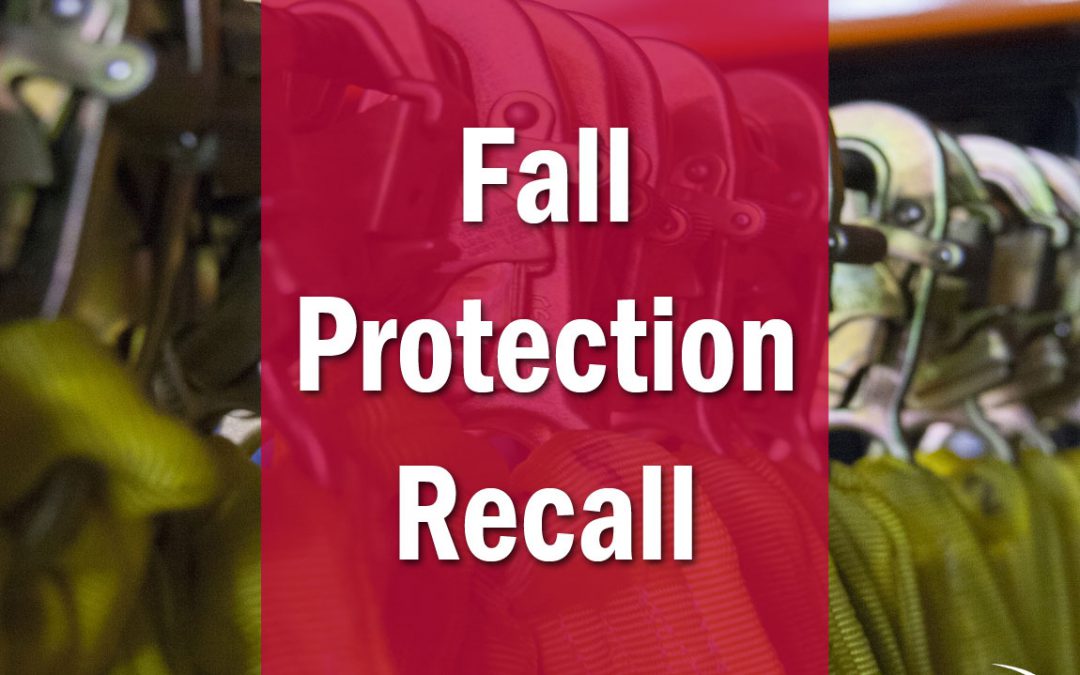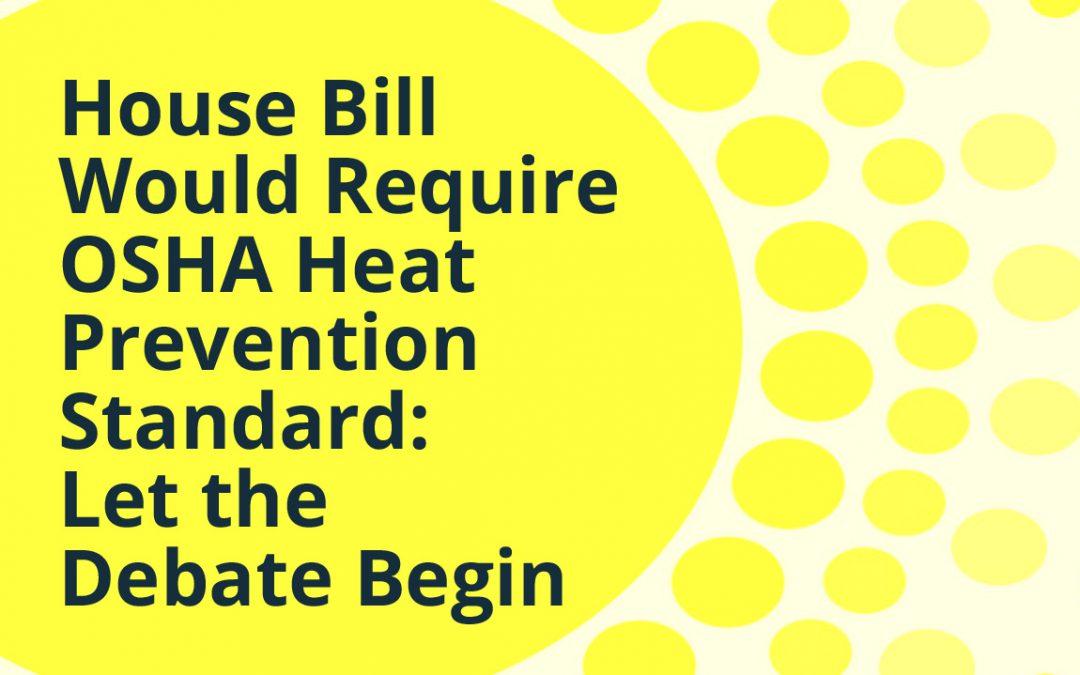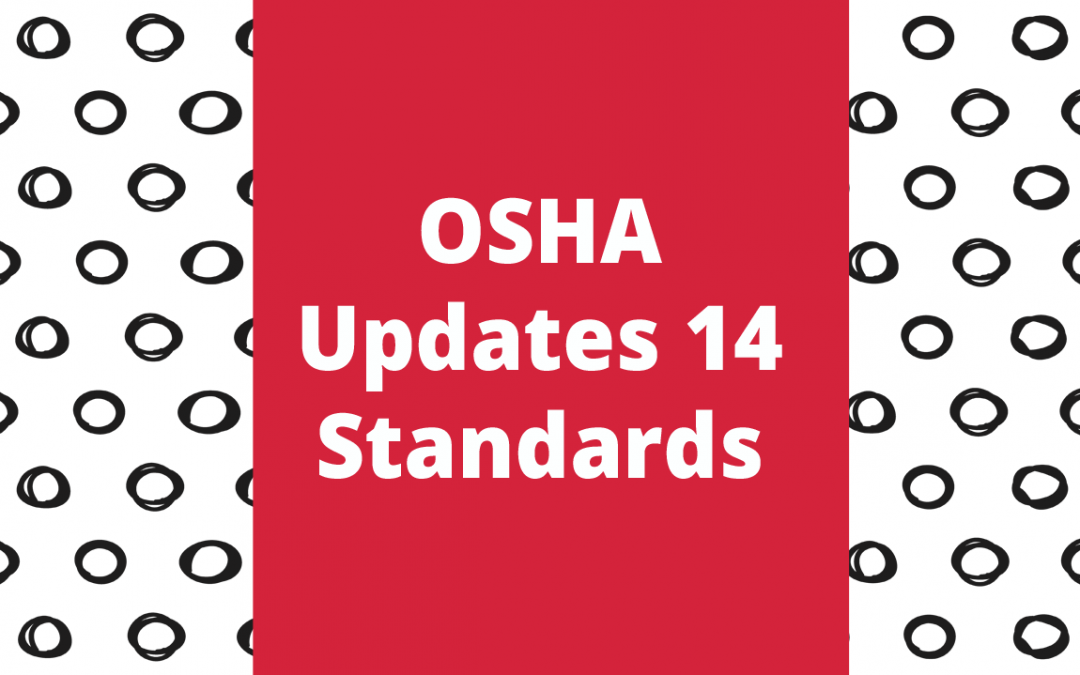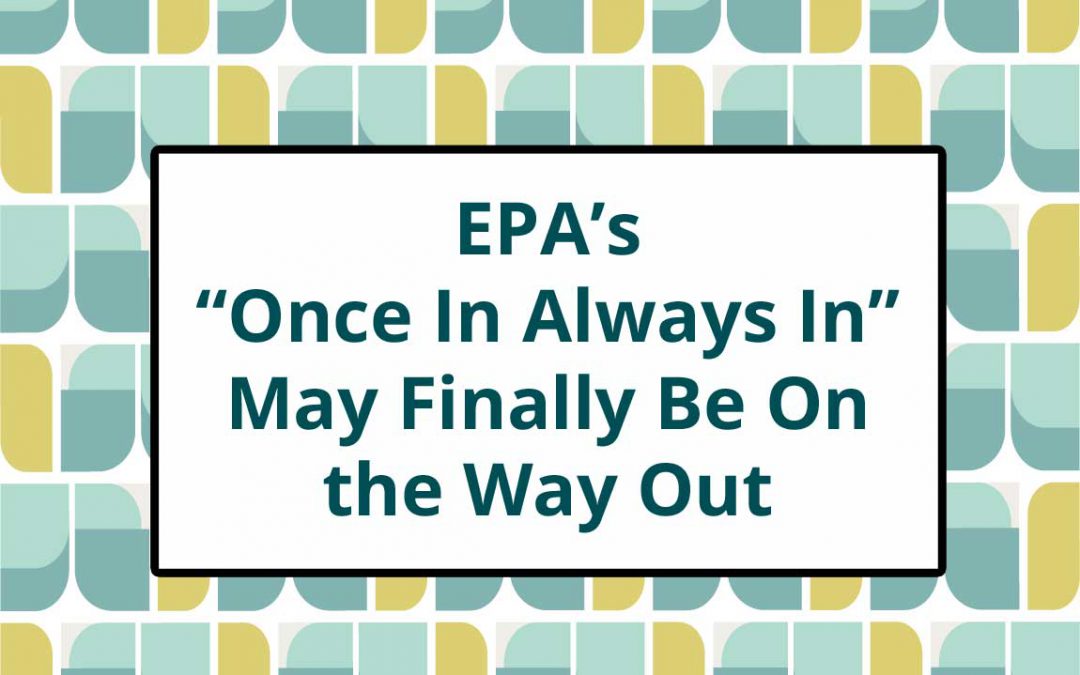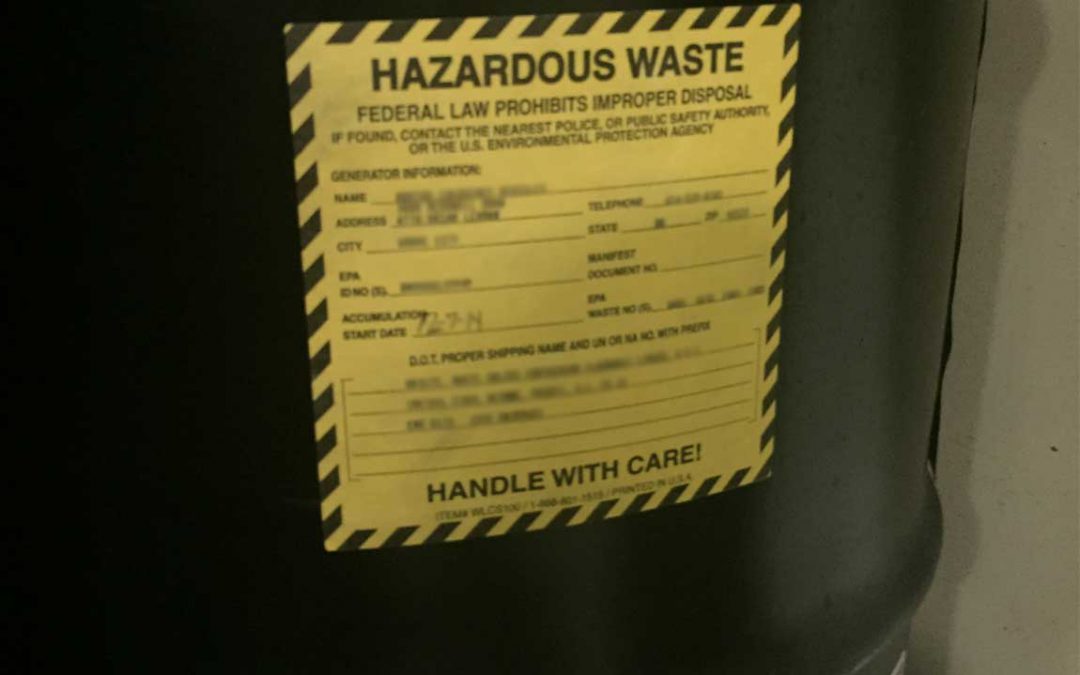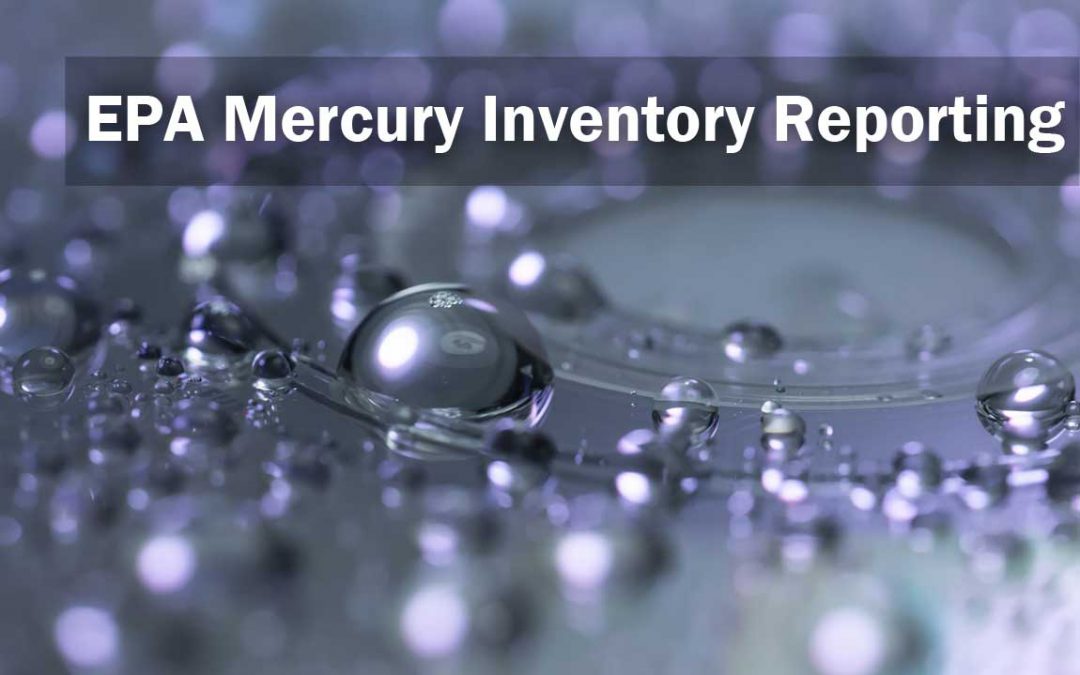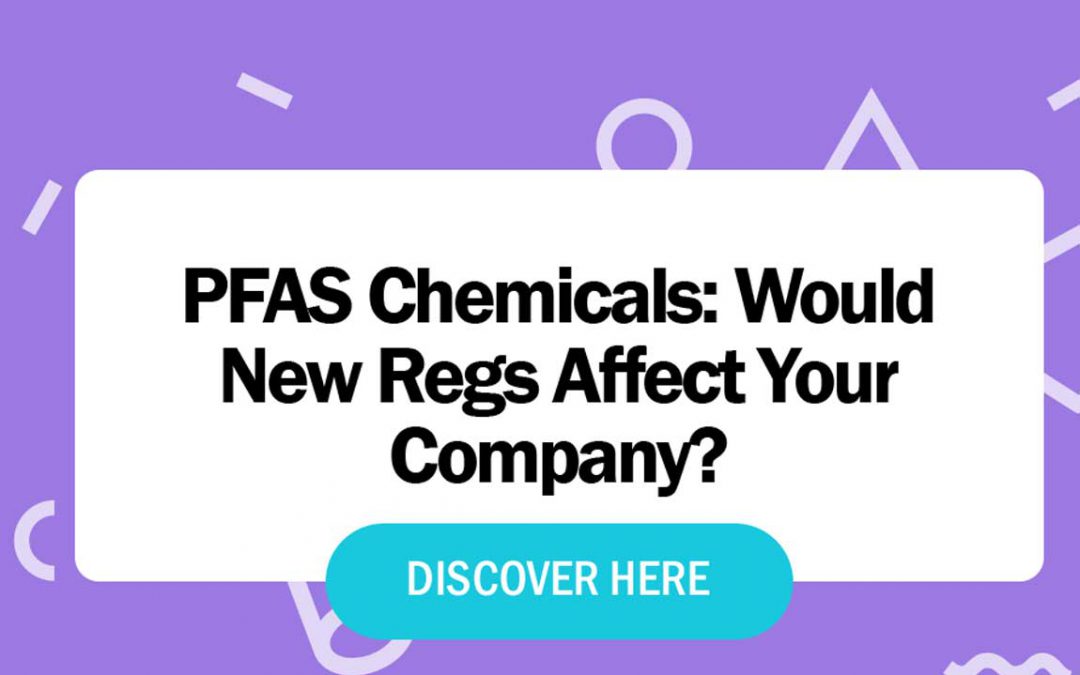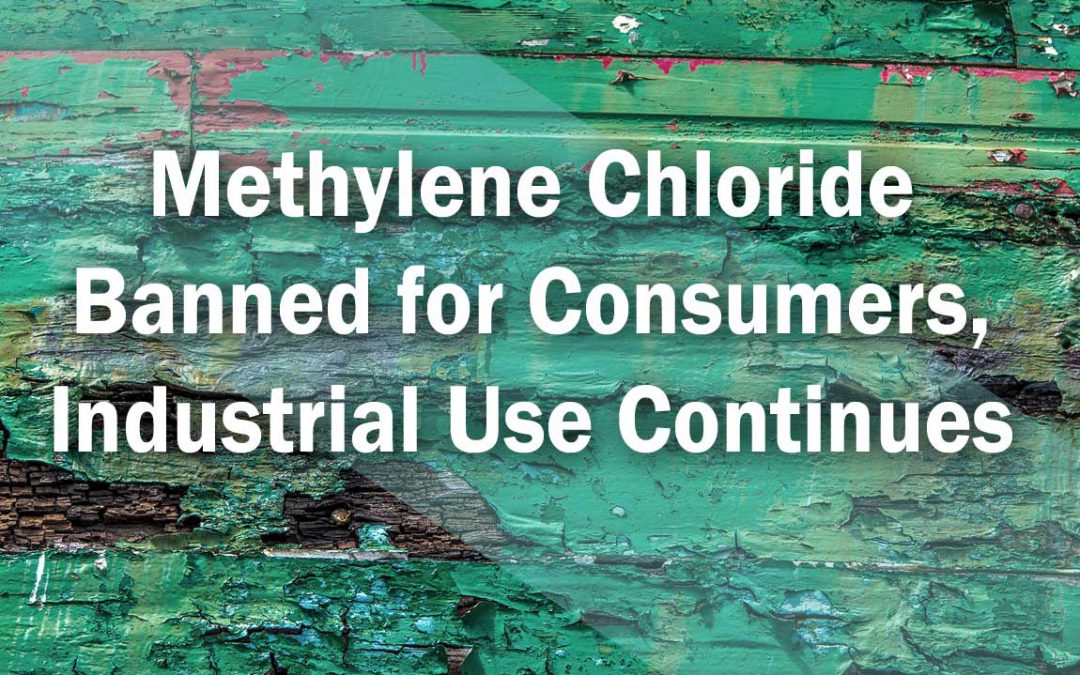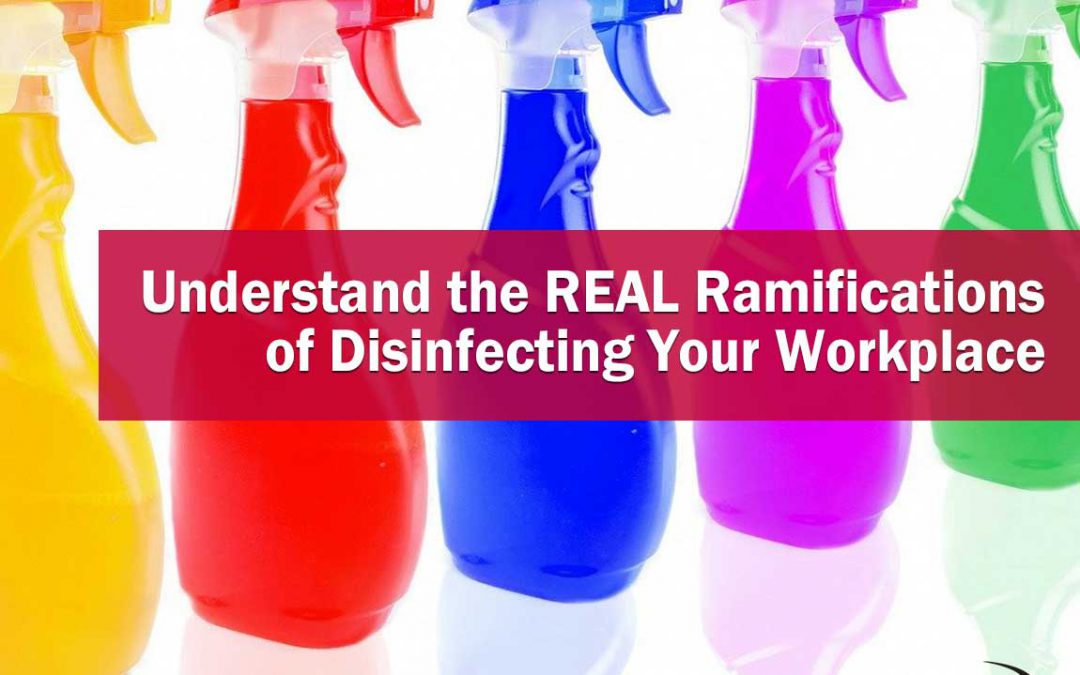
The Importance of Understanding the REAL Ramifications of Disinfecting Your Workplace
With all things COVID-19 impacting our businesses, researching immediate actions to understand their impacts is critical. Some companies may feel the pressure and immediate need to “clean” everything. However, it’s important to know which cleaning compounds work in what situations, the impact to the materials they’ll be cleaning, their composition, the application methods required by the label and the potential hazards they may cause those workers applying them and working around them.
Most businesses are considering decontamination strategies where it makes sense. In some cases, this might be at the janitorial level, and in other cases, it might be more of an industrial solution involving the production floor, manufacturing processes and even potential products that need to be disinfected/sanitized.
EPA-Approved Products
Some definitions to understand:
Cleaning is the removal of dirts, soils and impurities from the surface.
Sanitizing is meant to reduce, not kill, the occurrence and growth of bacteria, viruses and fungi (typically reduces bacteria on a surface by 99.9%).
Disinfecting a surface will “kill” the microscopic organisms as claimed on the label of a particular product. … The minimum level of effectiveness in a modern-day disinfectant is 100 percent kill greater-than 6-log reduction of an organism.
Both sanitizers and disinfectants are regulated by EPA. In order to substantiate their claims, testing is required to prove their function, and this would be the EPA certification. There are several pre-defined criteria that pertain to how they perform, at what concentration and conditions, what “bugs” they kill, how fast they work, etc. EPA registrations take time, often years. Companies can subregister under an existing formulation. That means they are using an already certified formula.
How Will What You Are Cleaning Be Affected?
All cleaners do not work with all materials. With the desire to decontaminate everything, one important item to consider is what you are actually “cleaning.” There are numerous products that are EPA-certified, and some will be on the acidic side. Others (most commonly) will be on the alkaline side, and even a few will be neutral. Their contents may include: hydrogen peroxide, quaternary amines, surfactants, acids, bases, etc.
Recently iSi evaluated a solution for disinfecting aluminum surfaces. With softer metals such as aluminum and copper, the possibility of corrosion or discoloration is much higher with certain disinfectants.
Most of your harder metals (steel, stainless, alloys) are unlikely to be affected.
These soft metal materials can be found in food processing plants, automotive, aerospace and other industries. Thus, it is important to know ahead of time what the results of using the cleaner will be.
Also, please make sure you’re applying the disinfectant per the product’s label and directions. Do not vary from those directions. Variances in application methods from what the label says may alter the effectiveness of the disinfectant, cause damage to materials, and may make you non-compliant with regulatory guidelines.
How Will the Person Doing the Disinfecting Be Affected?
Make sure you know exactly what’s in the cleaners to be used. Most importantly, get their Safety Data Sheets (SDSs) and really read them and analyze them.
- How will its usage affect the person who will be applying it?
- What kind of personal protective equipment will be needed?
- Do you have that personal protective equipment on hand? With national shortages, do you even have a way to get ahold of it?
- How will it affect the atmosphere and air quality of the areas it will be used in?
- What does the overall tone of it say about the type of person and qualifications needed to apply it? Is it really something you’d be comfortable having janitorial staff work with, or does it need to be someone with a greater level of hazardous materials training?
- Do you have the staff on hand (right now) to take care of this?
- What is your overall risk?
Unfortunately some SDSs can be vague, confusing, and can even contradict themselves. So please be very careful and make sure you have a firm grasp on what you’re dealing with.
We Can Help Take Care of It
iSi has been pulled into some research gathering for current clients, and also has been providing onsite personnel for others. We have people on-staff to help you with researching and figuring out your requirements. We deal with confusing and contradicting SDSs every day and have the proper staff of safety and chemistry personnel on hand to work through them. We also have an entire team of hazardous materials and safety trained and experienced industrial cleaning technicians ready to support you.
Give us a call, email us, or send us a message through social media and we will get back with you to see how we can help.
Need Help?
Do you need help with understanding the ramifications of a disinfectant? We can help!
Questions?
Does this apply to your company? Do you have questions? Contact us!
Receive News to Your Inbox
We send our articles by email whenever we add a new one. Don’t miss out! Sign up for our blog today.
Request a Quote
iSi can provide assistance in this area. How can we help? Ask us for a price quote.





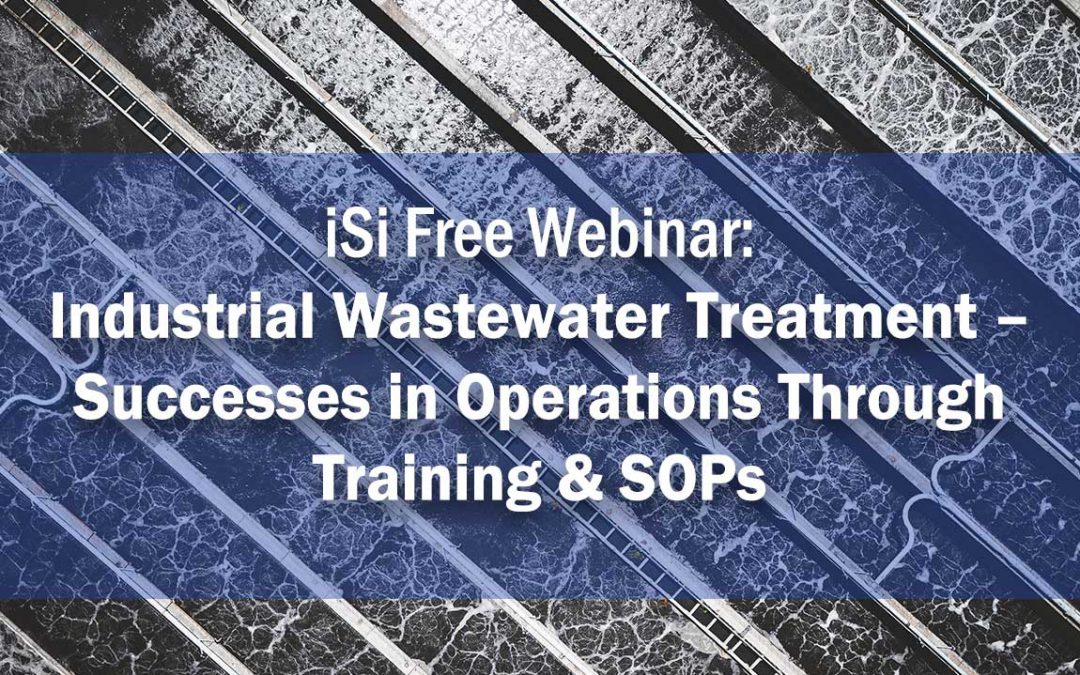
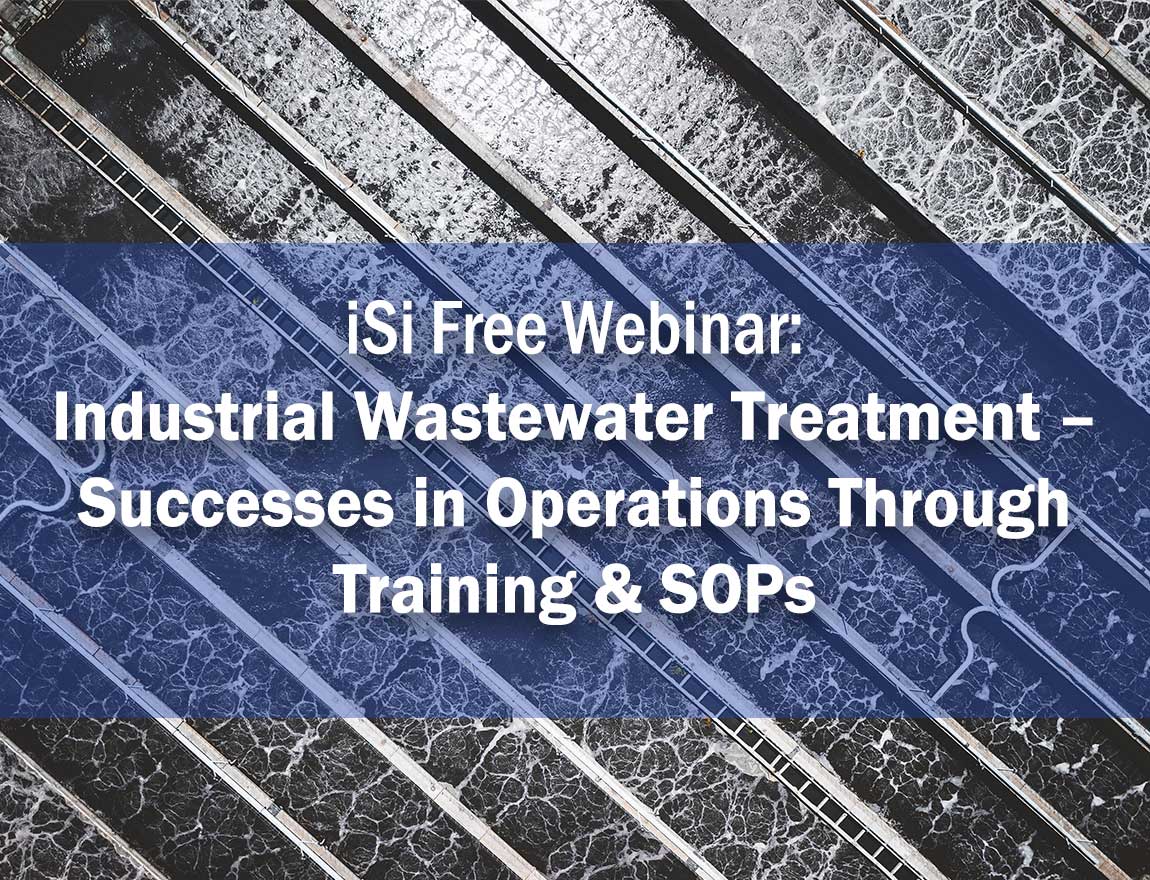
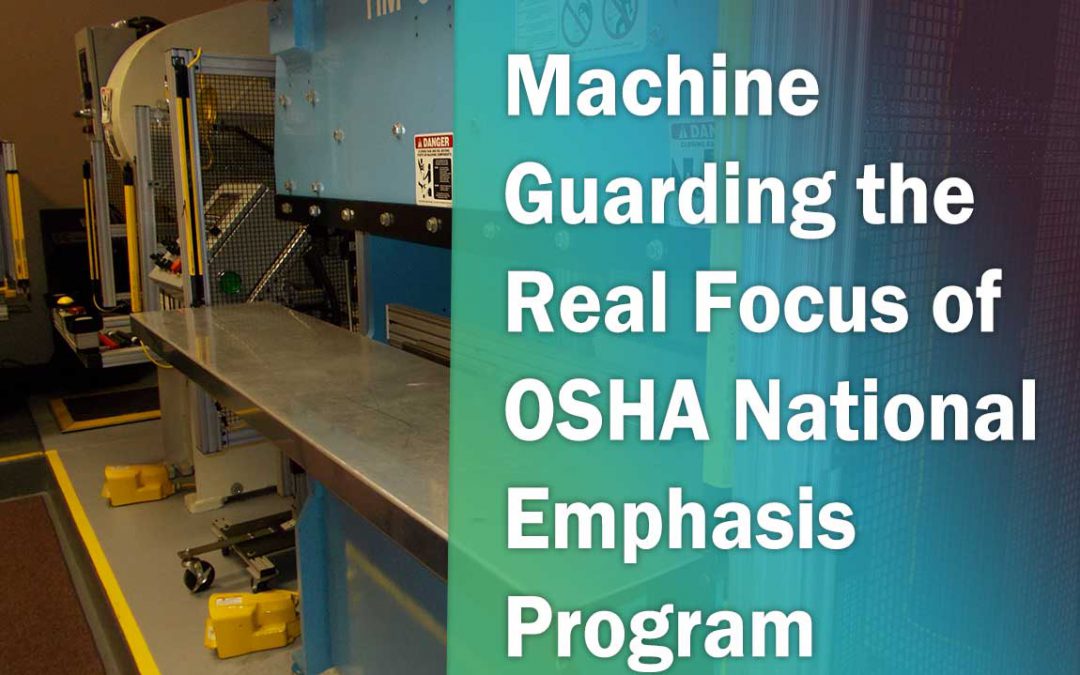
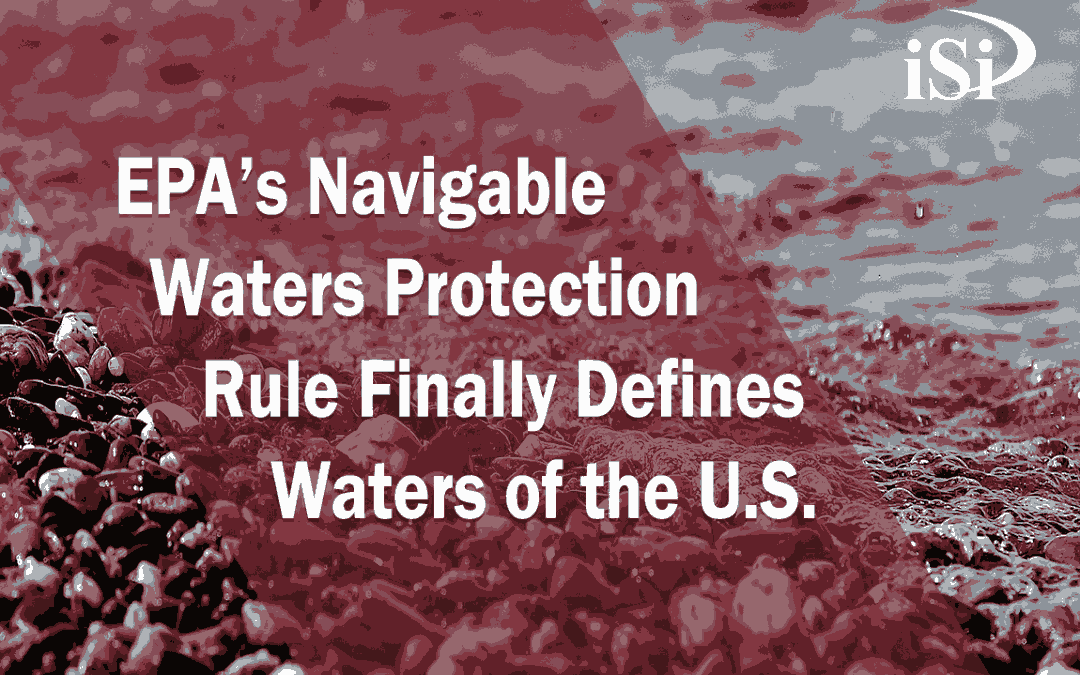


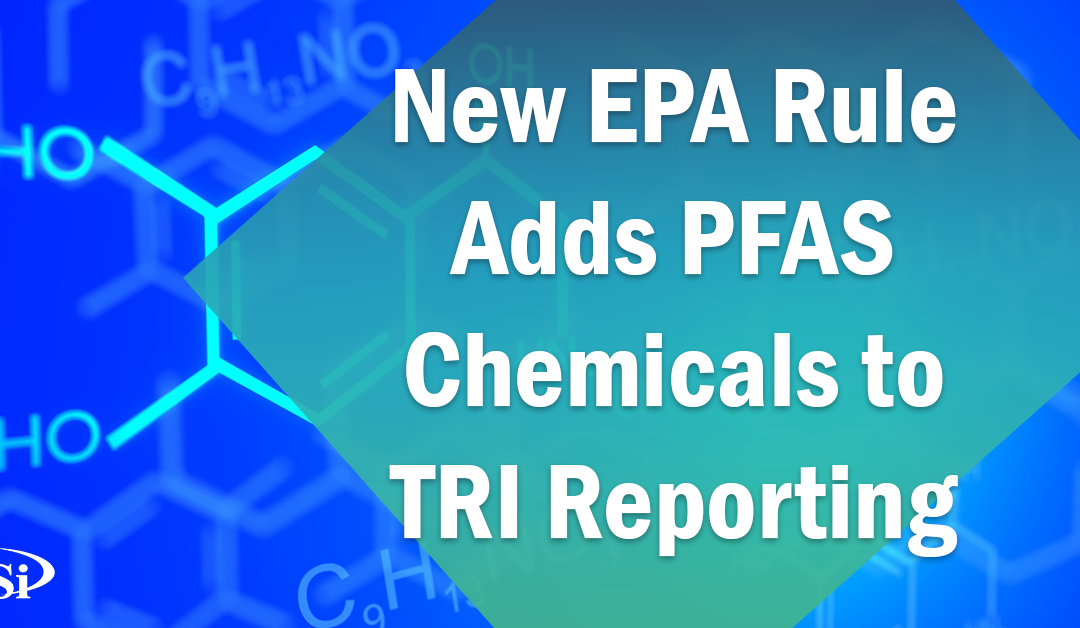

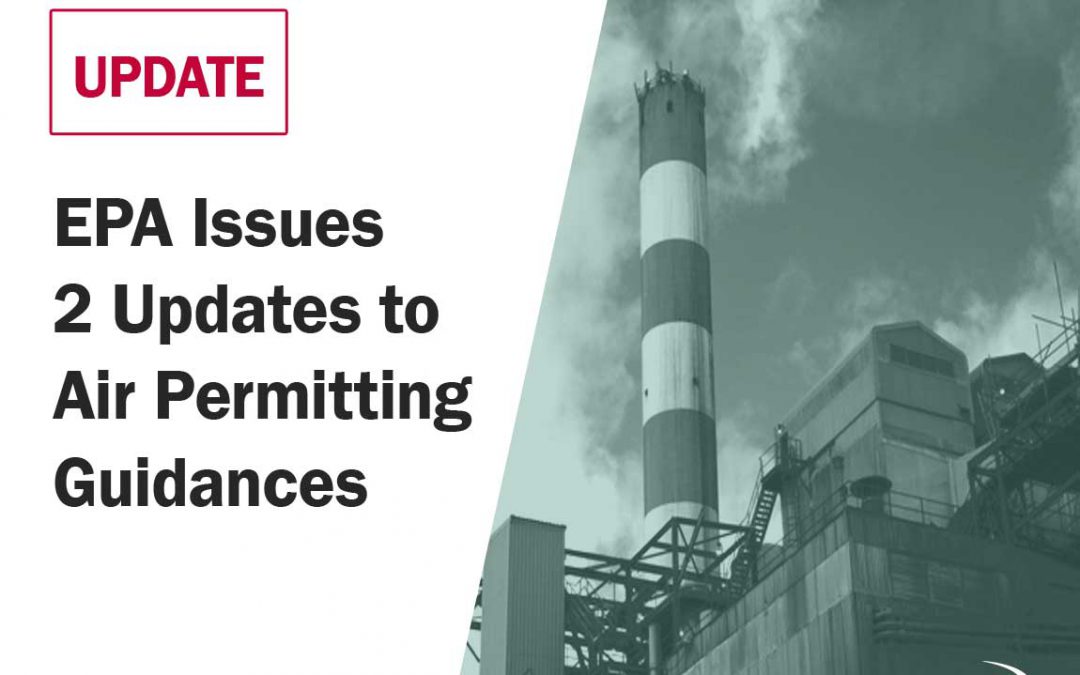
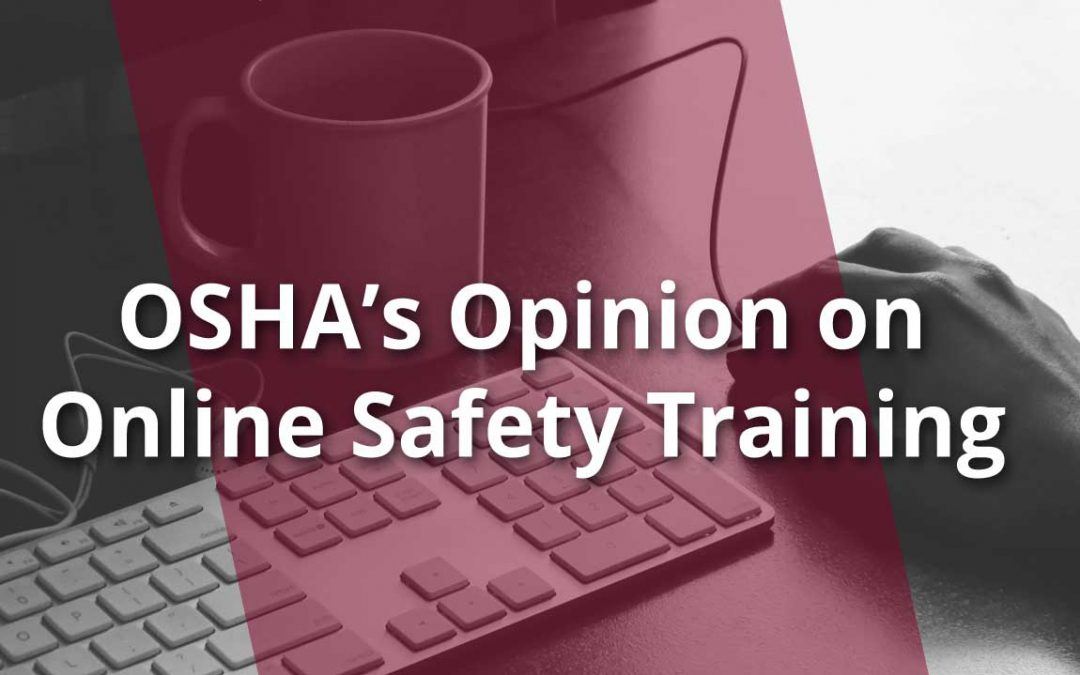
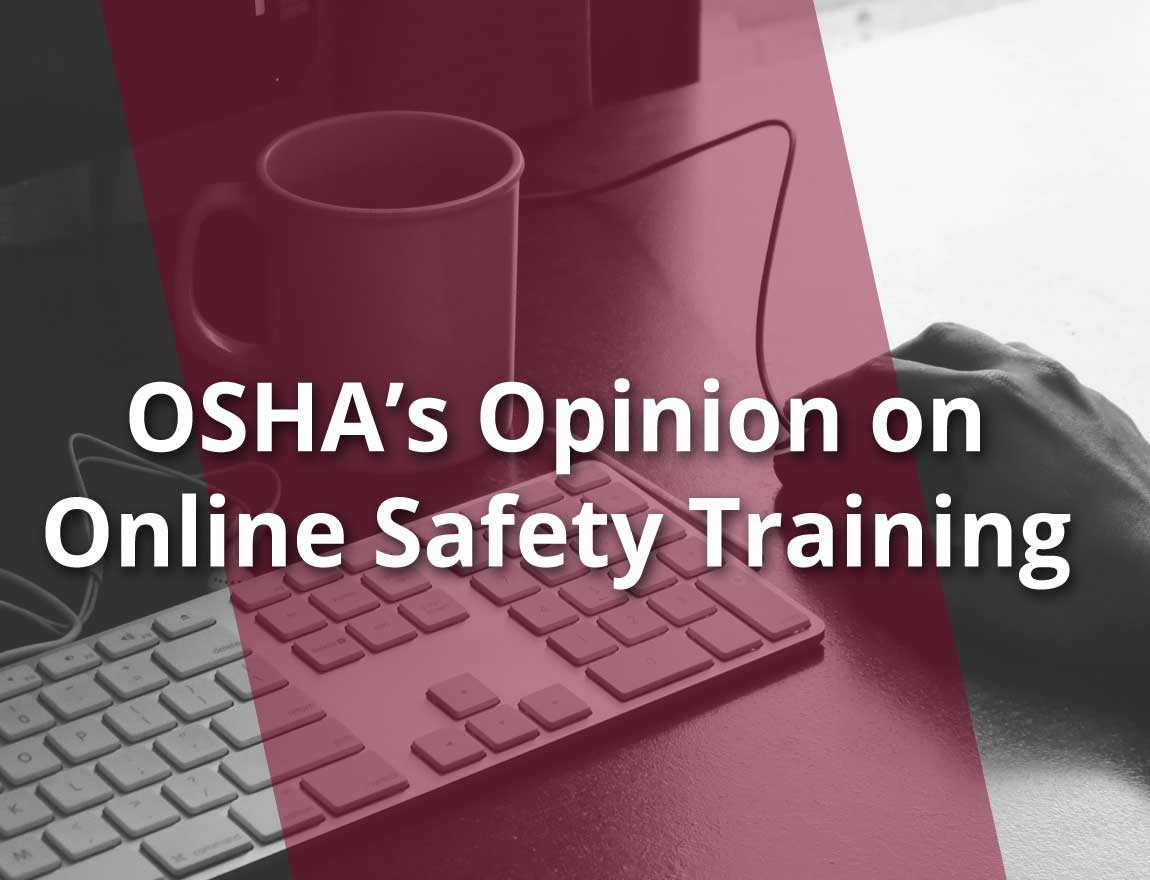
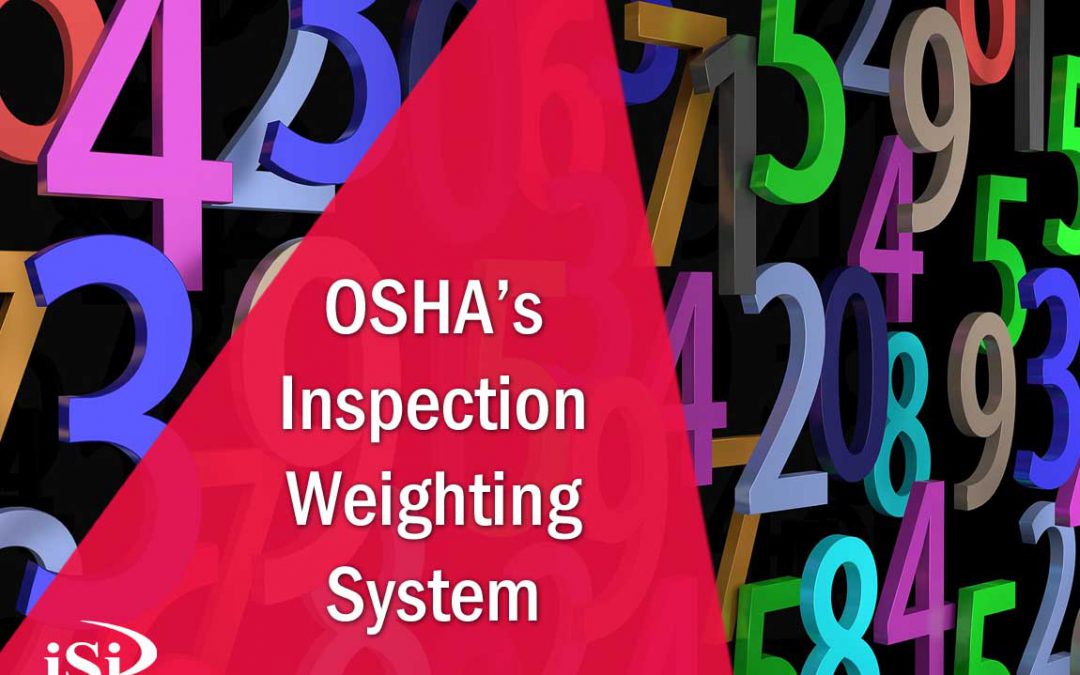



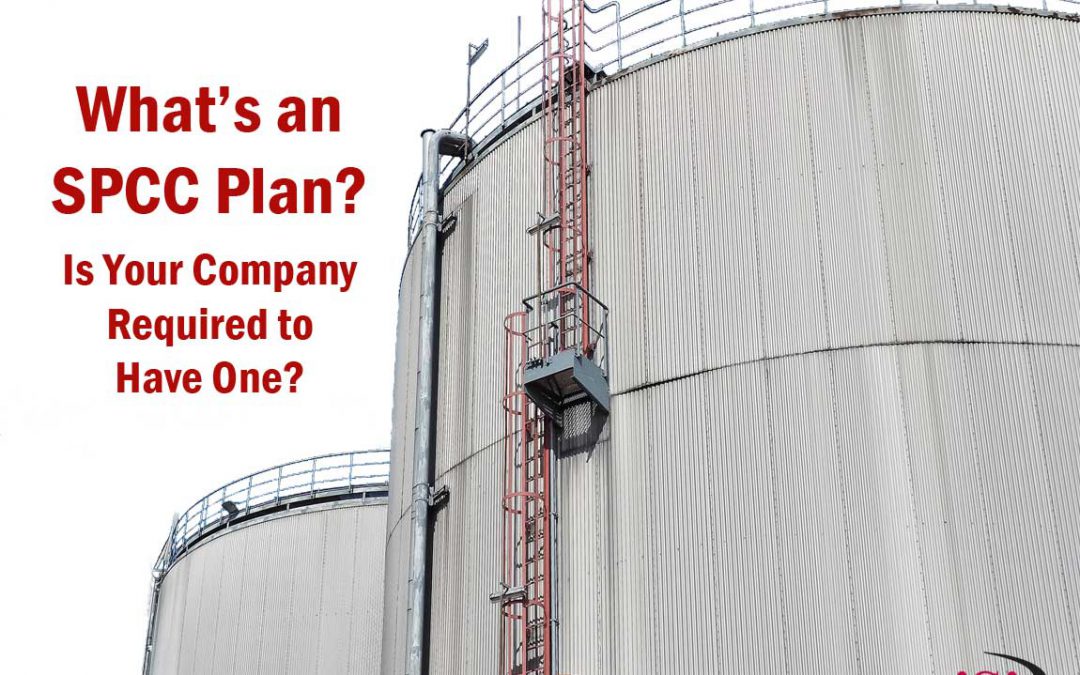
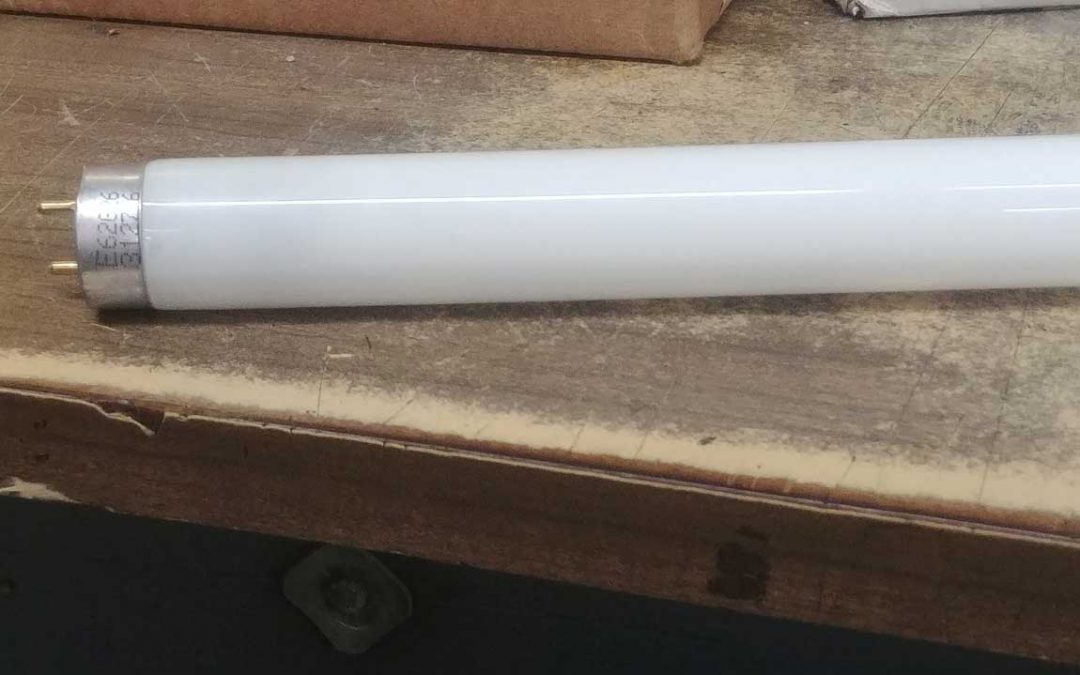


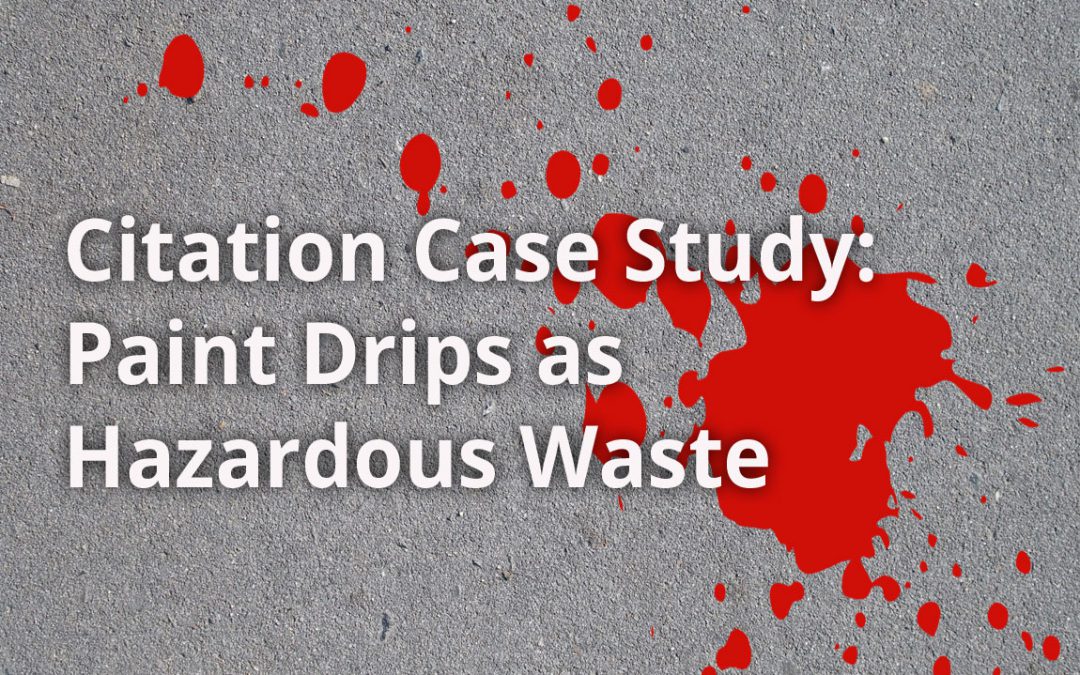
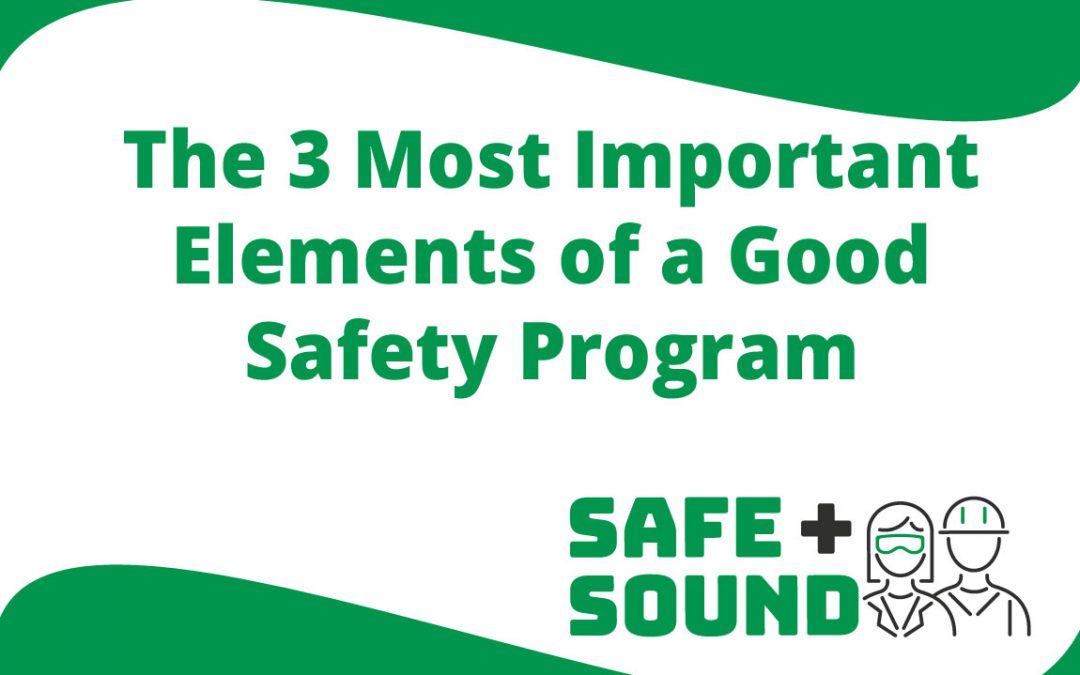
 Successful programs all begin with management commitment. Management commitment is often the strong foundation to the program, and without it, all other efforts don’t have nearly the same chance for success. Management commitment shows workers that safety is an important part of the business’s success. In turn, it shows workers that efforts workers make will be valued in the long run.
Successful programs all begin with management commitment. Management commitment is often the strong foundation to the program, and without it, all other efforts don’t have nearly the same chance for success. Management commitment shows workers that safety is an important part of the business’s success. In turn, it shows workers that efforts workers make will be valued in the long run. Workers are the ones who are exposed to safety issues on a daily basis. They have the knowledge of the hazards they encounter on the job. Safety programs which involve worker ideas and contributions and then follow through on those assist in giving employees ownership and investment into the safety effort. Genuine worker participation efforts need to ensure workers feel comfortable about speaking up when issues are found or injuries happen.
Workers are the ones who are exposed to safety issues on a daily basis. They have the knowledge of the hazards they encounter on the job. Safety programs which involve worker ideas and contributions and then follow through on those assist in giving employees ownership and investment into the safety effort. Genuine worker participation efforts need to ensure workers feel comfortable about speaking up when issues are found or injuries happen. When both management and workers are participating, good momentum comes when issues are fixed and resolved. OSHA says that most fixes are reactive, that is, they’re a result of something happening whether it be a response to an incident or a new regulation coming out. However, a strong safety program finds issues and resolves them before they become an issue. The workplace is ever changing, so safety issues may arise where you least expect. Considering safety implications in any workplace change is important.
When both management and workers are participating, good momentum comes when issues are fixed and resolved. OSHA says that most fixes are reactive, that is, they’re a result of something happening whether it be a response to an incident or a new regulation coming out. However, a strong safety program finds issues and resolves them before they become an issue. The workplace is ever changing, so safety issues may arise where you least expect. Considering safety implications in any workplace change is important. A good safety program like this doesn’t happen overnight and it will take the participation of everyone in your company to make it happen.
A good safety program like this doesn’t happen overnight and it will take the participation of everyone in your company to make it happen. 